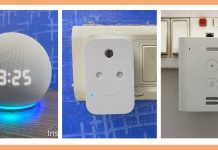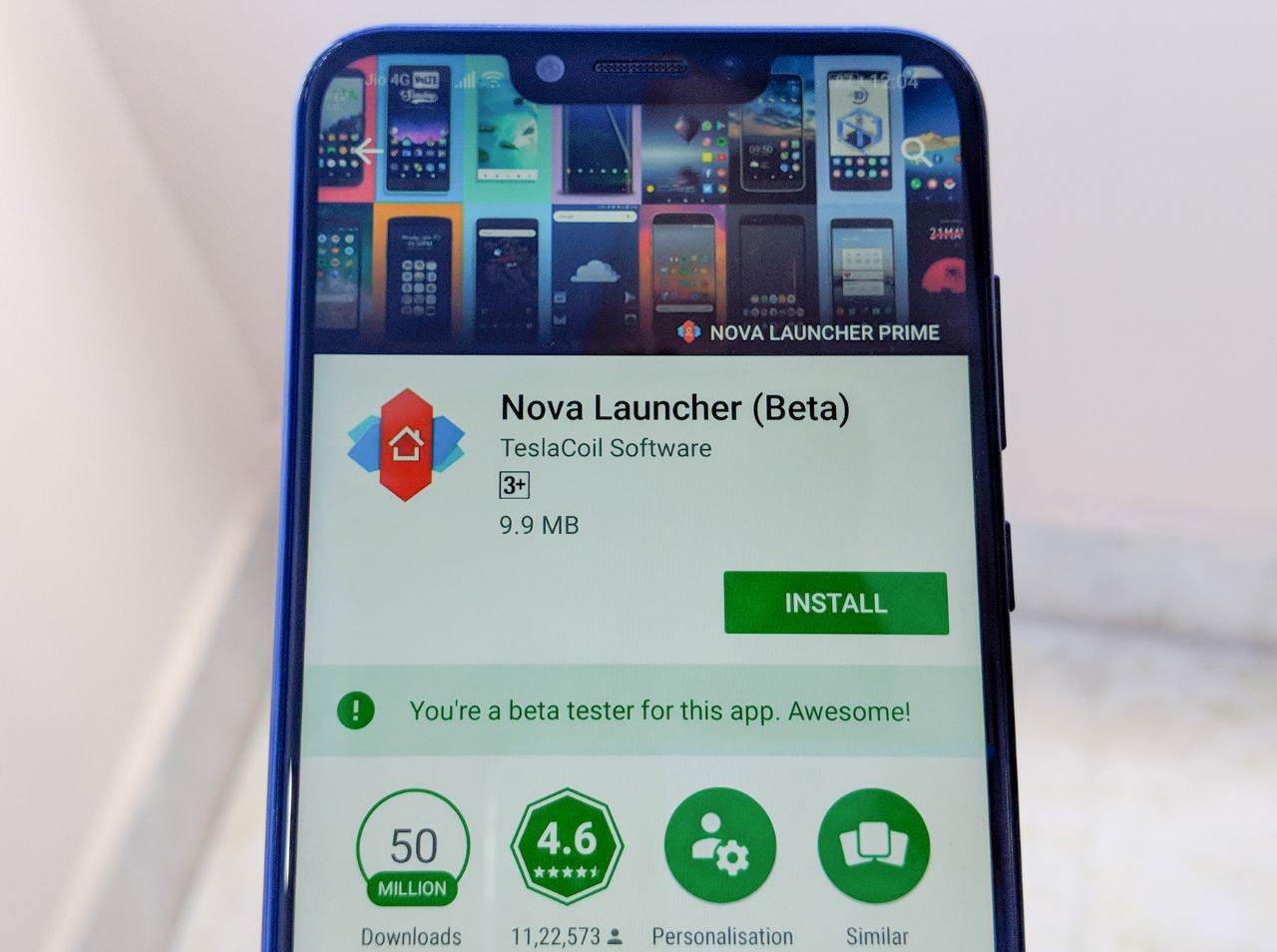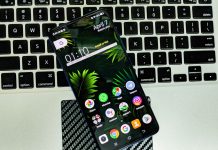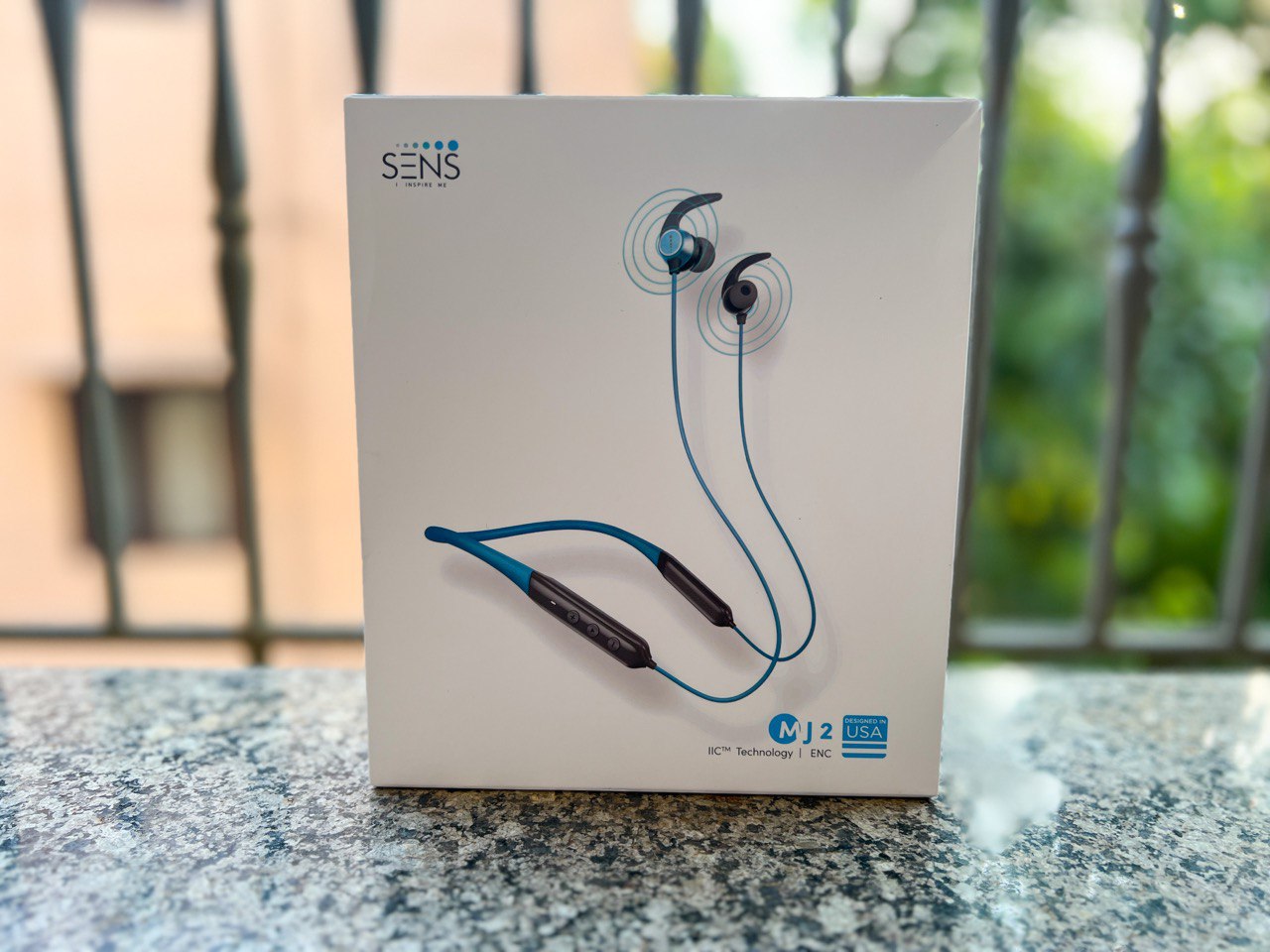 So there are a few questions that are hanging over smartwatches – do we need them? What are they used for? Are they any good? All these questions could have been answered the right way if we have had a perfect smartwatch in the market. So currently we have smartwatches powered by Android, WatchOS (iOS), Tizen and Pebble OS. Ever damn smartwatch in the market has more cons than pros. So let’s talk about Android smartwatches, they have pathetic battery life, even the new ones like Moto 360 2nd gen don’t last more than a day of use. The Apple Watch Series 1 and 2 only pair with Apple iPhone’s so they have a limited user base (everyone can’t afford luxury products from Apple). Most of the smartwatches from Samsung are powered by their in-house Tizen OS, it’s fast and battery efficient but there are not much watch apps for Tizen smartwatches.
So there are a few questions that are hanging over smartwatches – do we need them? What are they used for? Are they any good? All these questions could have been answered the right way if we have had a perfect smartwatch in the market. So currently we have smartwatches powered by Android, WatchOS (iOS), Tizen and Pebble OS. Ever damn smartwatch in the market has more cons than pros. So let’s talk about Android smartwatches, they have pathetic battery life, even the new ones like Moto 360 2nd gen don’t last more than a day of use. The Apple Watch Series 1 and 2 only pair with Apple iPhone’s so they have a limited user base (everyone can’t afford luxury products from Apple). Most of the smartwatches from Samsung are powered by their in-house Tizen OS, it’s fast and battery efficient but there are not much watch apps for Tizen smartwatches.
So if all smartwatches were Bad, then what’s the point of this article? We tried to discover what a user actually needs in a smartwatch. First of all, a smartwatch should look like a classic watch, why not, no one wants to look like wearing a mini computer on their wrist. Second requirement is that it should have a decent battery life, no one wants to remember charging their smartwatch every night along with their smartphone. And lastly, it should be cheap. Pebble tries to distinguish itself from its Android Wear and Apple rivals in order to stand out, and it does so with the Time. Pebble was the smartwatch company to beat. In 2012, it raised over $10 million on Kickstarter for its simple, monochrome e-paper wristwatch, putting itself and the crowdfunding site on the map. But things move quickly in the technology world. I’ve used the Pebble Time for so many months now and I’m mostly happy with it. I’m not a watch person. Haven’t warn one in years. But with Pebble Time I make sure I have it on my wrist everytime. The Time is the kind of smartwatch you can forget you’re wearing until it vibrates. Its color e-paper technology results in an always-on display that looks great under bright sunlight, plus battery life that lasts up to seven days.
Design and Build
While most smartwatches these days tend to be oversized and bulky, the Time’s 40.5 x 37.5mm case isn’t too big or too small. The model we’ve been using is the all-black version, but it also comes in white and red. The sizable rectangular screen is not a traditional LCD, but rather an e-paper display with an LED backlight. This gives a retro feel in comparison to those of higher resolution displays from Apple or Motorola. The colors of e-paper are also a lot more muted than what you would see on an OLED display. Pebble Time supports up to 64 colors and pushes 30 frames per second. The screen comes with scratch resistant gorilla glass – ours picked up some scratches though.
Hardware
The watch can be controlled via four physical buttons (back, up, down and enter) as there’s no touchscreen here. At first this feels a bit confusing but it takes a little while to get used to how it works. There’s 16MB of on-board storage, but that’s more than enough and during our review period we didn’t run out even with app downloads. It watch is powered by an ARM 100MHz Cortex M4 processor and has 256KB of RAM, which is plenty for its capabilities.
The Timeline
 The Pebble OS has it’s quirky little animations that move you between screens. The interface is built around the concept of a timeline, where you can easily see what’s important now, in the recent past, or in the near future. Pressing the lower button takes you scrolling back up to 24 hours in the past whereas clicking the top button scrolls up to 48 hours in the future. The main home screen is your watch face, of which there are thousands to choose from. And this time there is no limit to watch faces that you can have on your watch at any one time, either, unlike the eight-watch face limit on the original Pebble. The faces aren’t configurable, like on the Apple Watch or on Android Wear, but still there are plenty of options available from which you can choose your style.
The Pebble OS has it’s quirky little animations that move you between screens. The interface is built around the concept of a timeline, where you can easily see what’s important now, in the recent past, or in the near future. Pressing the lower button takes you scrolling back up to 24 hours in the past whereas clicking the top button scrolls up to 48 hours in the future. The main home screen is your watch face, of which there are thousands to choose from. And this time there is no limit to watch faces that you can have on your watch at any one time, either, unlike the eight-watch face limit on the original Pebble. The faces aren’t configurable, like on the Apple Watch or on Android Wear, but still there are plenty of options available from which you can choose your style.
Apps
- There are a lot of apps for Pebble and my current favorite app for the Pebble Time is Nav Me. The app is not free and you’ll have to pay a ‘license fee’ to use Nav Me beyond the free trial period (12 days), but it’s worth the price to get Google’s turn-by-turn navigation on your wrist.
- You can use your voice commands to dictate what you want to add to the checklist, be it food shopping, reminders etc. straight from the wrist, with the Checklist app.
- Designed to be used with your phone’s GPS, the popular RunKeeper Pebble app lets you check on your stats like pace and distance using your smartwatch.
- ESPN: to get game highlights, track game day scores, and more.
- Pixel Miner: The aim of the game is to help your man well, dig pixels which you can spend on better equipment to dig quicker.
What’s Good about Pebble Time?
- Always-on color e-paper display
- Unique Timeline interface
- Works on both Android and iOS
- Impressive battery life (BATTERY LIFE IS MEASURED IN DAYS, NOT HOURS)
What’s Bad?
- Limited iOS functionality
- Voice function doesn’t extend to Google Now or Siri
Our Verdict
Pebble Time has tried to distinguish themselves from its Android Wear and Apple rivals. Its color e-paper technology is great and makes it the only smartwatch that’s actually usable under bright sunlight. Also, it’s e-paper display might not be the best display out there, actually its worst but it seems to be a good trade-off for the convenience of 7:1 battery life. So at this moment the Pebble Time doesn’t offer the same degree of sophisticated style and high-end features as the competition, but the ability to add more functionality over time with its smart accessory port might prove more useful in the end.











